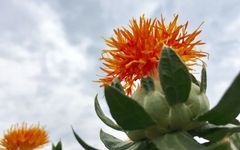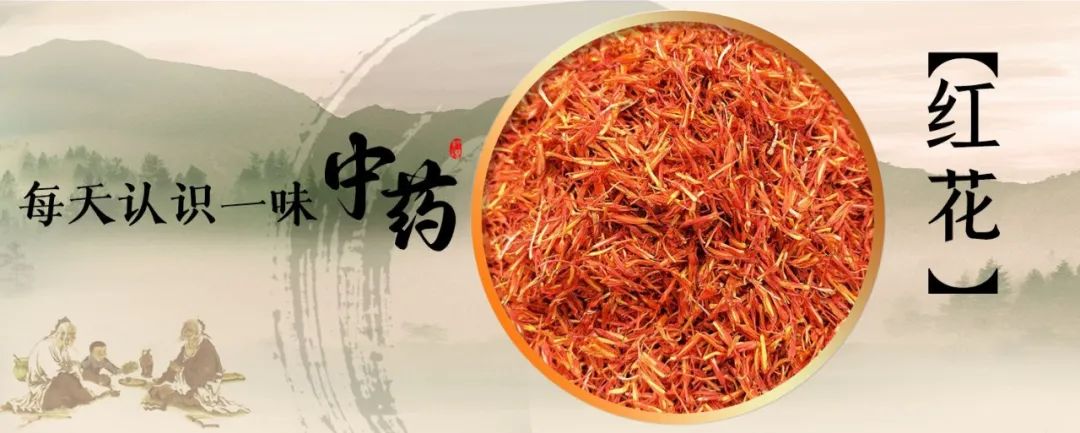
Safflower (Honghua) has been cherished since ancient times as a rare and valuable medicine. It offers numerous benefits for the body. It can effectively unblock the meridians, promote blood circulation, dispel stasis, and relieve pain. It is indicated for conditions such as blood stasis, amenorrhea, dysmenorrhea, postpartum abdominal pain due to stasis, chest pain, masses, traumatic injuries, joint pain, stroke sequelae, and rashes. It also has good efficacy for various issues during the female menstrual cycle.
Today, we will take a detailed look at this blood-activating and stasis-dispelling herb—Safflower.
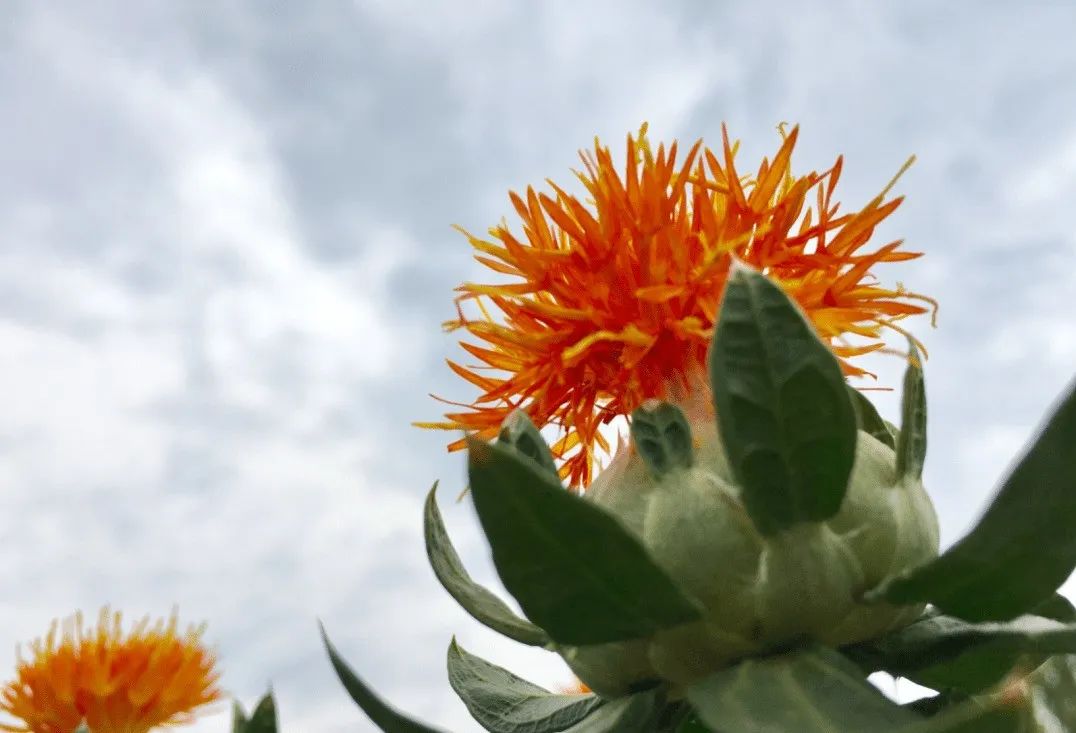
Safflower is cultivated in various regions of China, including Henan, Xinjiang, Gansu, Shandong, Zhejiang, Sichuan, and Tibet. Wild varieties can also be found in Shanxi, Gansu, and Sichuan. There are many types of safflower, mainly including: ① Huai Safflower (Huai Honghua): Grown in the Wenxian, Qinyang, Wuzhi, and Mengxian areas of Henan (historically Huaiqing Prefecture). It has good quality. ② Du Safflower (Du Honghua): Grown in Ningbo, Zhejiang, with excellent quality. ③ San Safflower (San Honghua): Grown in the Shangqiu area of Henan, also of good quality. ④ Da San Safflower (Da San Honghua): Grown in Shandong. ⑤ Chuan Safflower (Chuan Honghua): Grown in Sichuan. ⑥ Nan Safflower (Nan Honghua): Grown in southern China (some say it refers to those from Nanchong, Sichuan). ⑦ Xi Safflower (Xi Honghua): Grown in Shaanxi. ⑧ Yun Safflower (Yun Honghua): Grown in Yunnan.
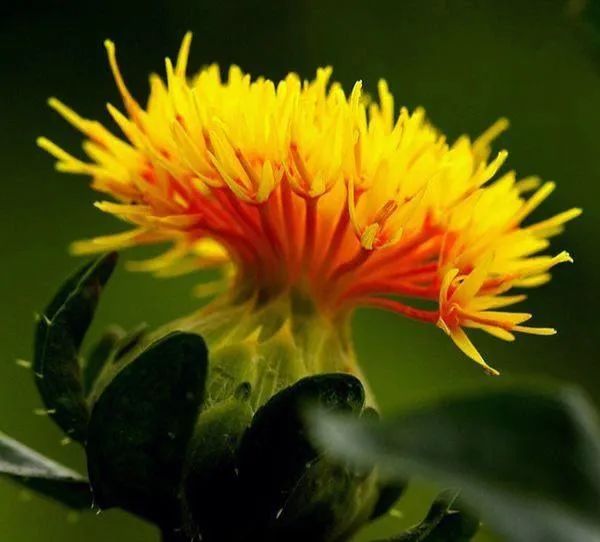
Aliases: Red and Blue Flower, Spiny Safflower, Du Safflower, Huai Red, Chuan Safflower, Grass Red Flower, Spiny Safflower
Properties and Channels: Warm, pungent. Enters the Heart and Liver meridians.
Source: The flower of the plant Safflower (Carthamus tinctorius) from the Asteraceae family.
Chemical Components: This herb contains safflower yellow and safflower glycosides, as well as palmitic acid, arachidonic acid, and oleic acid in the form of glycerides.
Growth Characteristics: Widely cultivated in North China, Northeast, Northwest, and regions such as Zhejiang, Shandong, Sichuan, Guizhou, and Tibet. The flowering and fruiting period is from May to August.
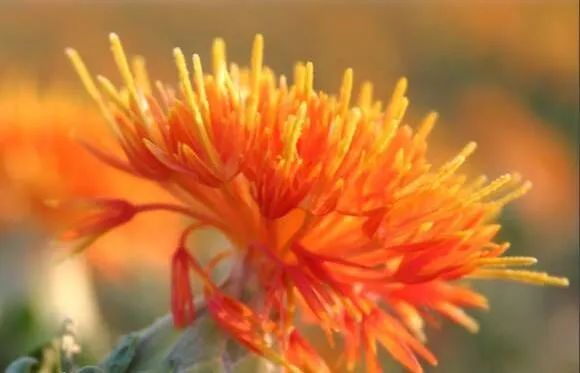
Harvesting: Harvest during the peak flowering period from late May to mid-June, in batches. Choose sunny days, and harvest between 6-8 AM when the tubular flowers are fully opened and golden yellow. If harvested too late, the flowers wilt and turn red-black, making harvesting difficult and reducing quality and yield. After harvesting, dry them on white paper in the sun; or dry them in a cool, ventilated place; or use low-temperature drying at 40-60°C.
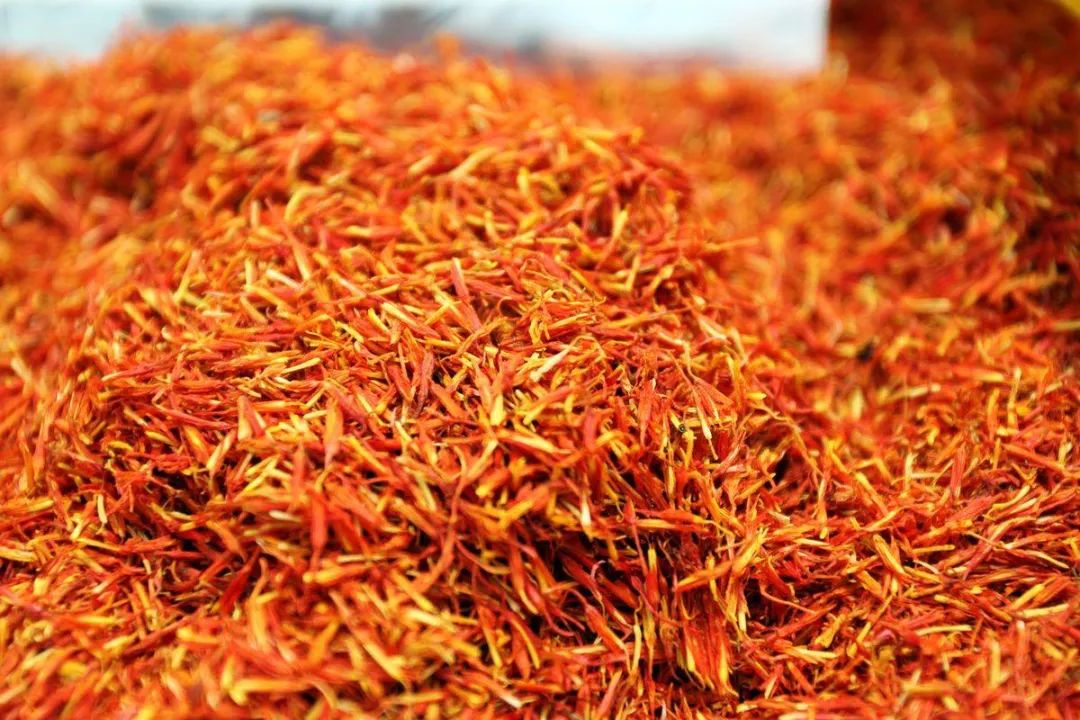
Herb Characteristics: The tubular flowers are 1-2 cm long, without ovaries. The surface is reddish-yellow or red. The flower crown is elongated, with 5 lobes at the tip, and the lobes are narrow and 5-8 mm long; there are 5 stamens, and the anthers are fused into a tubular shape, yellow-white; the stigma is long and cylindrical, slightly bifurcated at the tip. The texture is soft. It has a faint fragrance and a slightly bitter taste.
Pharmacological Effects: The water decoction of this herb has a significant stimulating effect on the uterus of experimental animals, especially evident in pregnant animals, where high doses can cause uterine contractions to the point of spasm. This herb can also mildly stimulate the heart, increase coronary blood flow and myocardial nutritional blood flow, inhibit platelet aggregation, and enhance fibrinolytic enzyme activity.
Functions: Activates blood circulation, dispels stasis, and relieves pain. It is indicated for blood stasis, amenorrhea, dysmenorrhea, postpartum abdominal pain due to stasis, chest pain, masses, traumatic injuries, joint pain, stroke sequelae, and rashes.
Dosage and Administration: For internal use: decoction, 3-10 grams. For nourishing blood and harmonizing blood, use less; for activating blood and dispelling stasis, use more.
Precautions: Contraindicated for pregnant women and those with excessive menstruation.
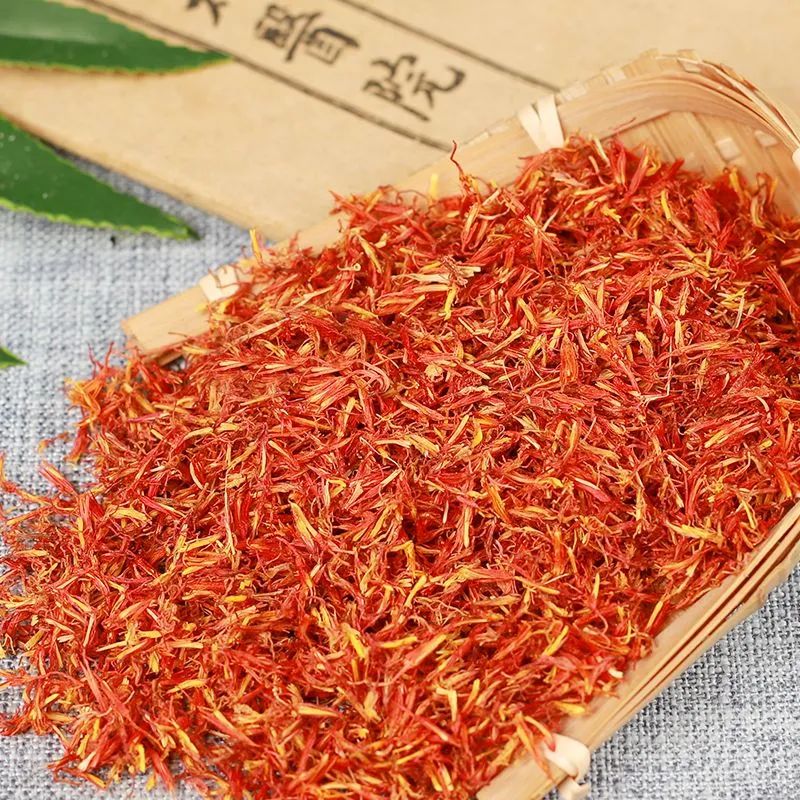
Home Health Practices
① Infused Alcohol: 10 grams of safflower and 10 grams of cinnamon in 500 ml of white liquor. Soak the safflower and cinnamon in the liquor for 1 day before consumption. This can warm the meridians and activate blood circulation.
② Soup: 12 grams of safflower, 200 grams of black beans, and appropriate amount of brown sugar. Cook the safflower and black beans in water until the beans are soft, remove the safflower, add brown sugar, and consume the soup and beans. This can nourish blood, activate blood circulation, and improve skin complexion.
③ Tea Substitute: Appropriate amounts of safflower and green tea. Place both in a teacup and steep in boiling water for 3-5 times before drinking. This can activate blood circulation and dispel stasis.
④ Foot Soak: Appropriate amount of safflower, placed in a cloth bag and boiled, used for foot soaking. This can promote blood circulation.
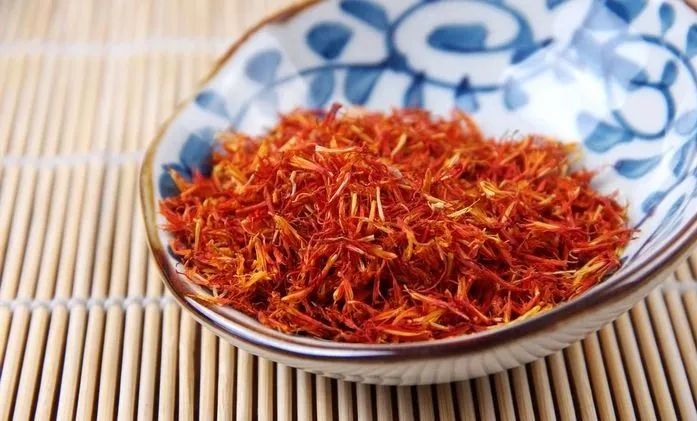
Medicinal Formulas
① For treating women’s menstrual obstruction: Safflower (finely chopped), Su Fang Mu (crushed), and Angelica, all in equal parts. Each time take 50 grams, add 1.5 liters of water, first decoct the flowers and wood, then add 200 ml of liquor and Angelica, and decoct again. Each time take 0.5 liters, divided into 2 doses; take on an empty stomach before meals.
② For treating dysmenorrhea: 6 grams of safflower and 24 grams of chicken blood vine, decoct in water, and adjust with an appropriate amount of yellow wine for consumption.
③ For treating reverse menstruation, cough, and shortness of breath: 4 grams each of safflower, Huang Qin, and Su Mu, and 3 grams of Tian Hua Fen, decoct in water and take on an empty stomach.
④ For treating abortion with blood discharge, internal reversal, and unconsciousness: Roasted safflower, male hair, Chen Mo, Xue Jie, and Pu Huang in equal parts, ground into powder. Each time take 10-15 grams, mixed with children’s urine or liquor for consumption.
⑤ For treating postpartum blood dizziness and irritability: 100 grams of safflower, 50 grams of purple kudzu, and 50 grams of peony, all coarsely crushed and sifted. Each time take 25 grams, add 300 ml of water, decoct until reduced to 80%, strain, then add 10 ml of fresh Rehmannia juice, decoct again for 6-7 boils, and take warm, without time restrictions.
⑥ For treating all swellings: Safflower, kneaded and crushed to extract juice for consumption. (From “Emergency Secret Recipes”)
⑦ For treating traumatic injuries and wall crush injuries: 1 part Chuan Ma, 2 parts Mu Xiang, 3 parts safflower, and 4 parts licorice. All used raw, ground into powder, and taken with yellow wine. (From “Emergency Convenient Recipes”)
Warm Reminder from Zhengzhou Guanzhou TCM Hospital: The use of Chinese medicinal materials requires differentiation and treatment based on syndrome, and should be used under the guidance of a professional TCM practitioner. Do not use it arbitrarily.
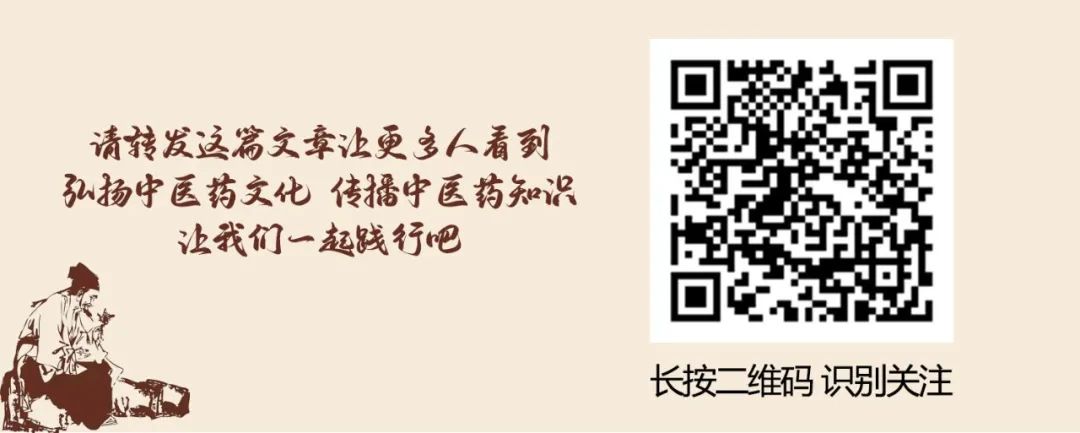
Some images and texts are sourced from the internet; if there is any infringement, please contact us for removal.

